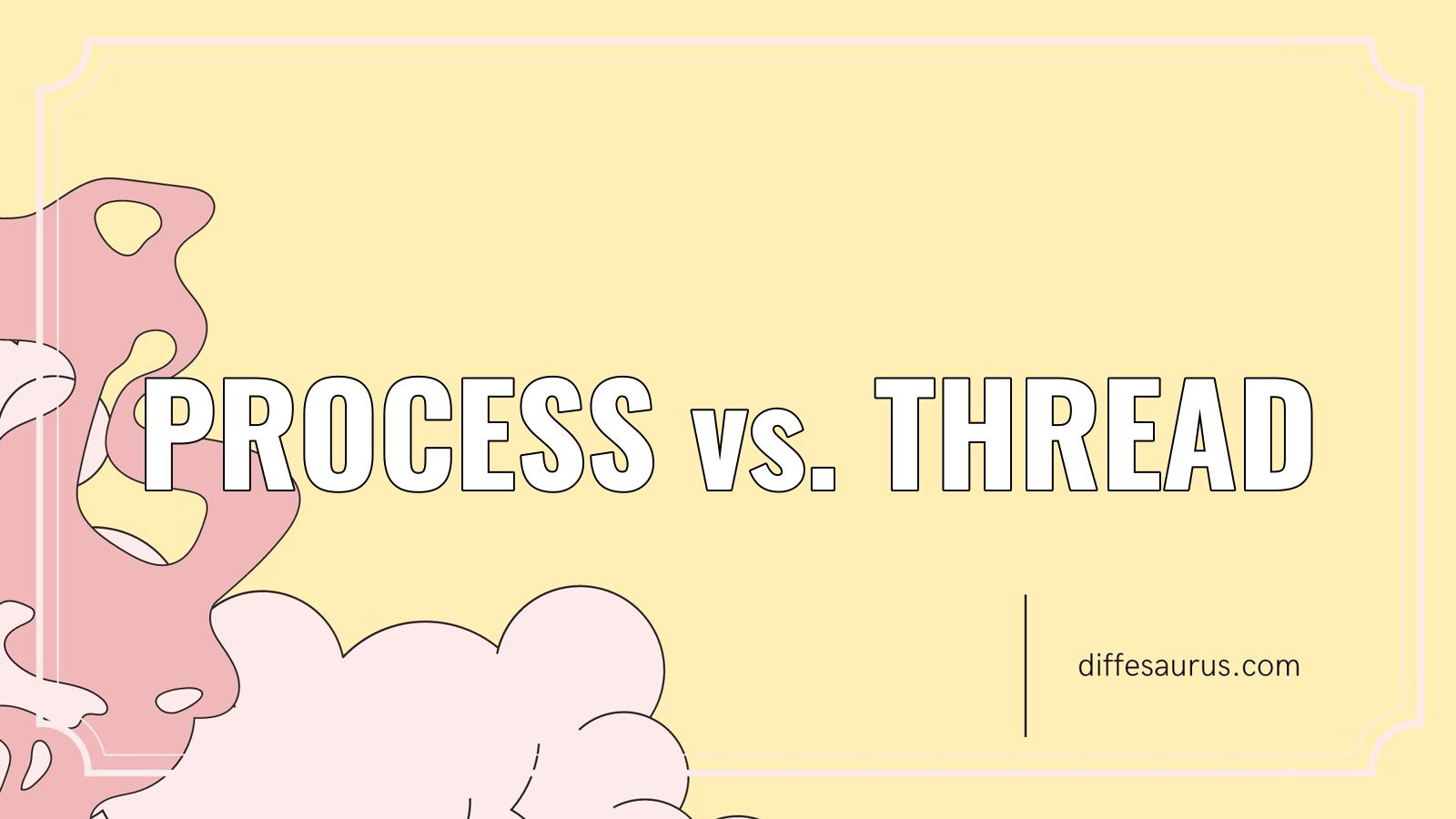We will learn about the two types of threads, the user level and the kernels level. The advantages of using threads in the OS will be discussed.
A lightweight process can be managed by a scheduler. The performance of the application is improved. A thread has its own register, stack, counter and other things.
What is difference between sleep () and wait ()?
Wait and sleep are static methods of Thread and non static methods of Object. sleep is used to introduce a pause on execution, while wait is used to release the lock. If you want to start a thread again, you have to call notify or notifyAll. After a specified time interval, the thread starts.
Can a process have 0 threads?
A thread is comprised of a program counter, a stack, and a set of register. There is one program counter and one sequence of instructions that can be carried out at any given time, in traditional processes. Multi-threaded applications have multiple threads within a single process, each with their own program counter, stack and set of register, but sharing common code, data, and structures such as open files.
Are threads faster than processes?
There are processes called process thread processes. There is a memory space for each process. The process they belong to is what the threads use their memory to remember. As processes have different memory addresses, communication is slow. Inter-process communication can be faster than inter-thread communication because threads of the same process share memory. It is more expensive to switch between processes. Context changing between threads of the same process is less expensive. Other threads of the same process share memory as well.
Can a process have multiple threads?
A thread is the segment of a process that has multiple threads and are contained within a process.

What is the difference between process and thread Java?
The programs that are dispatched from the ready state are scheduled to be executed in theCPU. The concept of process is held in the PCB. Child Processes are processes that can be created from a process. The process is isolated because it takes more time to end and it doesn’t share the memory with other processes.
What is difference between thread and process?
thread means a segment of a process, while process means a program is in execution. There is a difference between a process and threads. The thread takes less time to end than the Process. Thread takes less time to create than the process. Process probably takes more time for context switch than Threads. Threads share memory, while a Process is mostly isolated. Threads share data with each other, while Process does not.
What is difference between thread and process in OS?
Memory and resources are assigned to a process when it starts. The memory and resources are shared by each thread of the process. The process has one thread in single-threaded processes. There is only one thing happening in the thread and the process.
How is process switching different from thread switching?
A thread switch is a type of context switch where a thread is switched from one thread to another. It is much cheaper to switch out only identities and resources than it is to switch out all the resources. The cost of threading is the same as the cost of entering and exiting the kernels.

What is the difference between a process and a thread in Linux?
A thread is not very heavy. A process can create more than one thread at a time. Being lightweight, these threads can be created quickly.
Is it better to use threads or processes?
When memory gets low, using processes instead of threads will give you better memory usage. When memory is needed for other processes, an inactive window is treated as a lower priority and can be swapped to disk. Keeping the user-visible windows responsive is something that that helps. It would be difficult to separate used and unused memory if the windows were threaded.
What are the five main difference between process and thread?
There are different differences between threads and processes in the descriptive sections. In a tabular form, we can summarize these differences.
Why is thread switching faster than process switching?
The time it takes for context to switch between threads is faster than the time it takes between processes. It’s quicker for the OS to stop one thread and start another than it is to stop two processes at the same time. It means storing all processor state at a magic memory location in the user process space and reading back the process state from it.
What is are the difference S between threads and processes?
The execution of a program is referred to as a process. The program, data, resources, and execution info are included. Users can create, schedule, and end processes using the OS.



